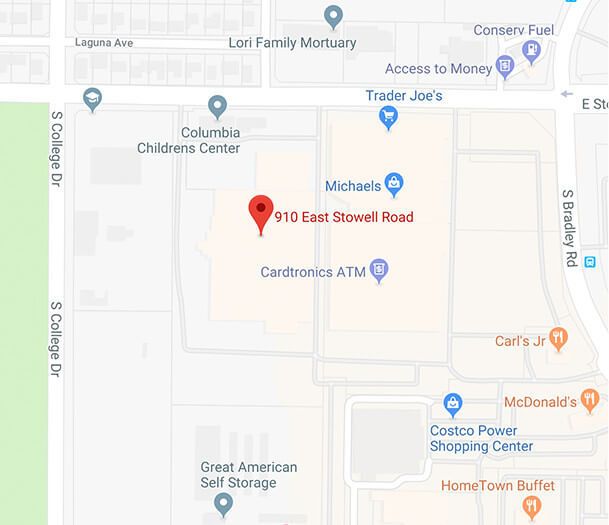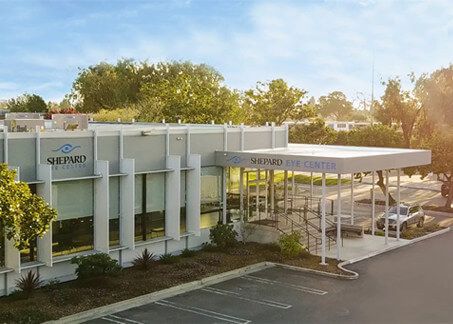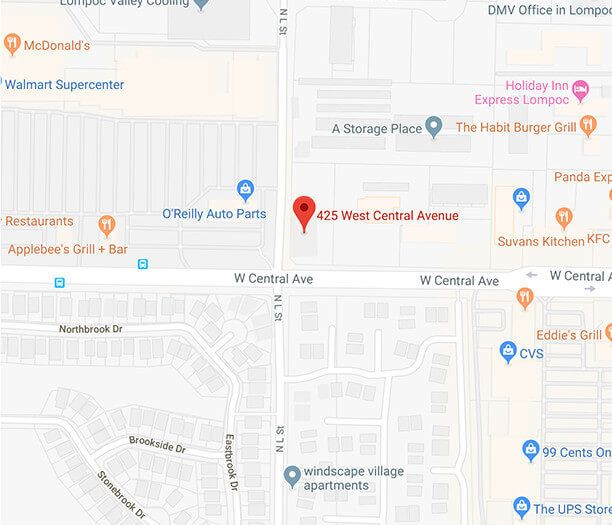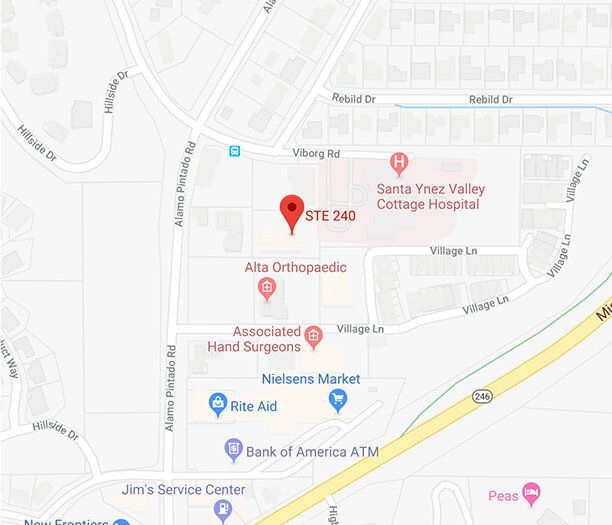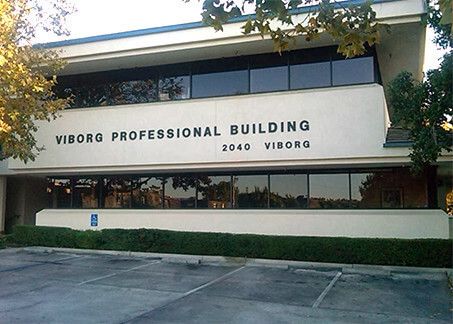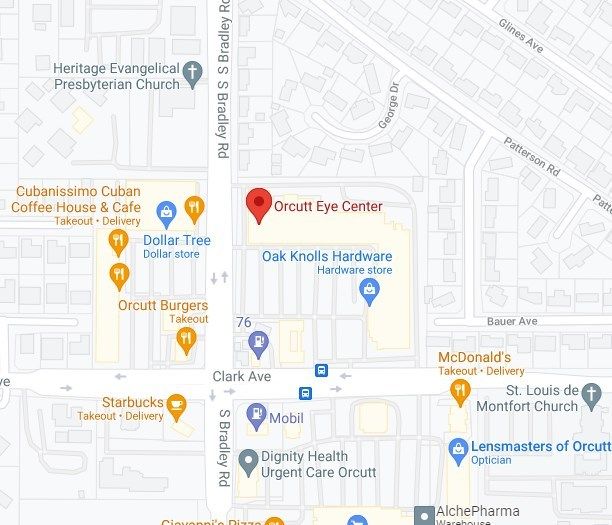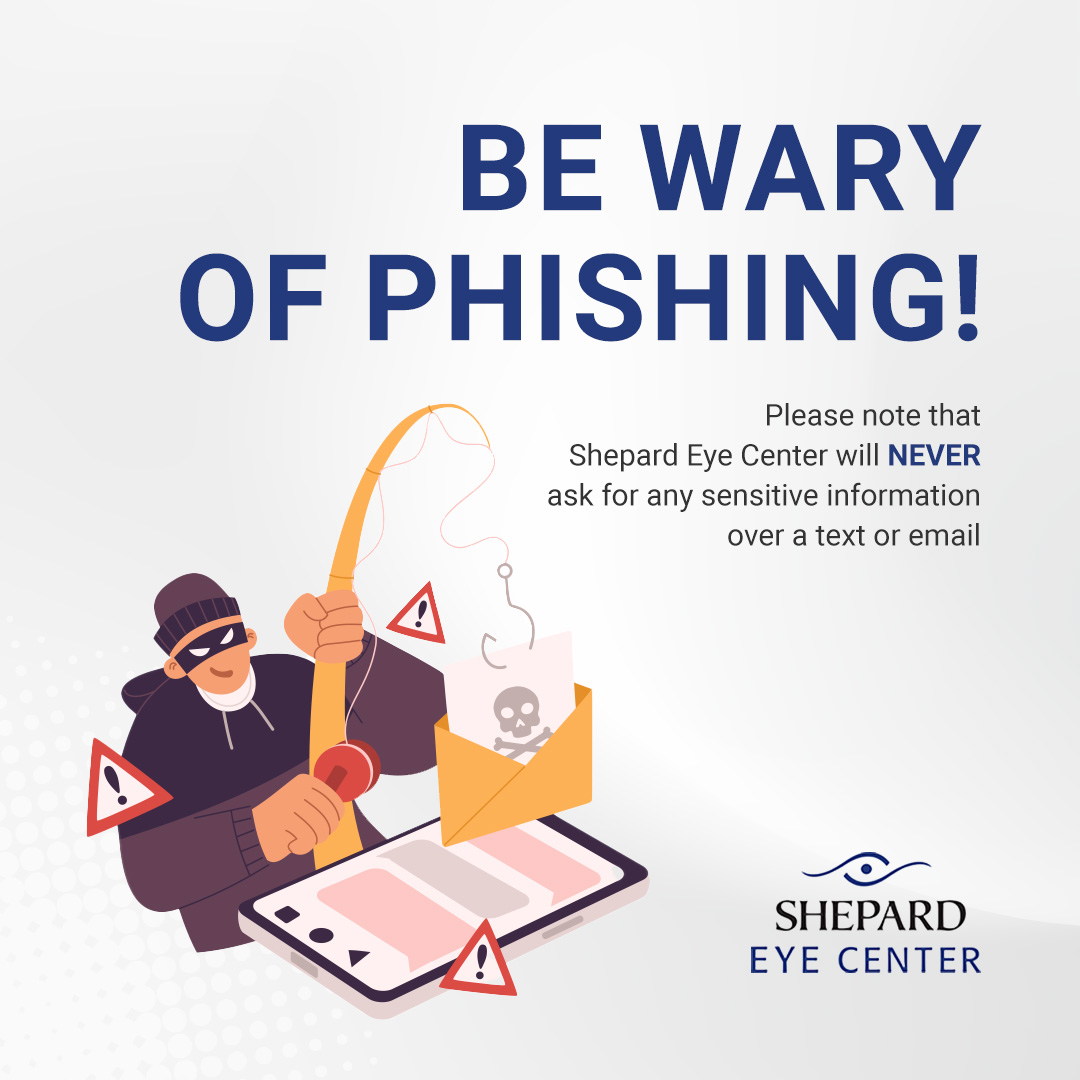
Your eye doctor will examine you thoroughly to see if you can have LASIK. The Refractive Surgery Council encourages patients like you to make informed decisions about this procedure. Knowing the ideal candidates for LASIK surgery will let you know if you can get this procedure. Here are the details.
Pupils Are Not Extremely Large
Individuals with larger pupils may have a greater risk for post-surgical side effects. These include glare, double vision, starbursts, and halos. They can prevent you from driving in specific conditions, such as nighttime. Your eye doctor will measure your pupils. This is one way of determining if you are a good candidate for LASIK.
Expectations Are Realistic
Before getting LASIK surgery, you must take time to understand the limitations of this procedure. Doing so can help you set the results that you want. You must understand if you are an ideal candidate for LASIK. Working with a highly-trained and experienced eye doctor can lead to the most suitable treatment for you.
The Right Corneal Thickness and Shape
LASIK can reshape your cornea, which helps concentrate light to create an image in your retina. Your cornea must have the right thickness and shape. Your eye doctor will measure your corneal thickness. This will ensure you have enough corneal tissue for reshaping. You can then achieve the right level of vision correction for your condition.
Realistic Expectations
You must consider the possible risks for complications and side effects. Even if LASIK is successful in most patients, it is unrealistic to expect perfect vision after the procedure. Neither you nor your doctor can predict how your eyes will heal after the procedure. You may need to wear corrective glasses for night driving or reading.
Healthy Eyes
Your current eye health can determine how well your eyes will heal. If you have abrasions, eye infections, or inflammation, they must heal first before having LASIK surgery. You must tell your eye doctor if you have the following eye issues:
Eye injury
Severe dry eye
Eye diseases, such as iritis
Cataracts
Pink eye
Previous eye surgery
Corneal dystrophy
Glaucoma
Keratoconus
Herpes-related eye infections
Stable Vision
This means that your eyeglass or contact lens prescription must not change in the past year. If your prescription changes, you have refractive instability. This condition increases your risk of having a second vision correction surgery. The following factors can cause vision instability:
Breastfeeding or pregnancy
Age below 25
Specific medications
Fluctuating hormone levels
Proper Age Range
You must be at least 18 years old to get LASIK. But most eye doctors recommend waiting until your mid-20s. This is when your vision becomes stable enough. LASIK has no age limit. Presbyopia often starts after 40. It often continues until you reach 60. Old age increases your risk for eye conditions, such as dry eye syndrome.
Knowing the ideal candidates for LASIK can help you decide if this procedure is for you. At Shepard Eye Center, we help our patients achieve better eye health with our quality eye care products and treatments. Feel free to drop by our centers in Santa Maria, Lompoc, Solvang, and Orcutt, California, for a one-on-one consultation. Call 805-667-0100 (Santa Maria), 805-793-1800 (Lompoc), 805-410-9998 (Solvang), or (805) 937-9532 (Orcutt) to set an appointment or ask about our LASIK treatment options.









